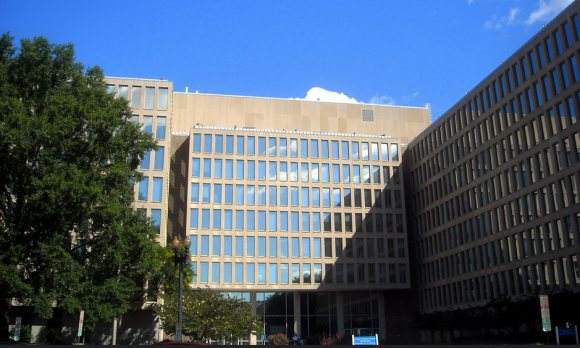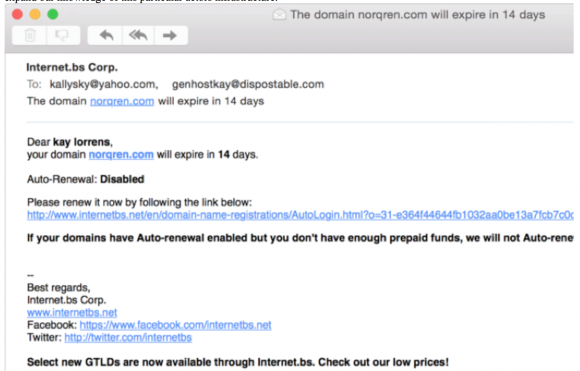LastPass, a company that offers users a way to centrally manage all of their passwords online with a single master password, disclosed Monday that intruders had broken into its databases and made off with user email addresses and password reminders, among other data.
 In an alert posted to its blog, LastPass said the company has found no evidence that its encrypted user vault data was taken, nor that LastPass user accounts were accessed.
In an alert posted to its blog, LastPass said the company has found no evidence that its encrypted user vault data was taken, nor that LastPass user accounts were accessed.
“The investigation has shown, however, that LastPass account email addresses, password reminders, server per user salts, and authentication hashes were compromised,” the company said. “We are confident that our encryption measures are sufficient to protect the vast majority of users. LastPass strengthens the authentication hash with a random salt and 100,000 rounds of server-side PBKDF2-SHA256, in addition to the rounds performed client-side. This additional strengthening makes it difficult to attack the stolen hashes with any significant speed.”
Parsing LastPass’s statement requires a basic understanding of the way that passwords are generally stored. Passwords are “hashed” by taking the plain text password and running it against a theoretically one-way mathematical algorithm that turns the user’s password into a string of gibberish numbers and letters that is supposed to be challenging to reverse.
The weakness of this approach is that hashes by themselves are static, meaning that the password “123456,” for example, will always compute to the same password hash. To make matters worse, there are plenty of tools capable of very rapidly mapping these hashes to common dictionary words, names and phrases, which essentially negates the effectiveness of hashing. These days, computer hardware has gotten so cheap that attackers can easily and very cheaply build machines capable of computing tens of millions of possible password hashes per second for each corresponding username or email address.
But by adding a unique element, or “salt,” to each user password, database administrators can massively complicate things for attackers who may have stolen the user database and rely upon automated tools to crack user passwords.
“What a salt does it makes it hard to go after a lot of passwords at once as opposed to one users’ password, because every user requires a separate guess and that separate guess is going to take a considerable amount of time,” said Steve Bellovin, a professor in computer science at Columbia University . “With a salt, even if a bunch of users have the same password, like ‘123456,’ everyone would have a different hash.”
More concerning in this particular breach, Bellovin said, is that users’ password reminders also were stolen.















